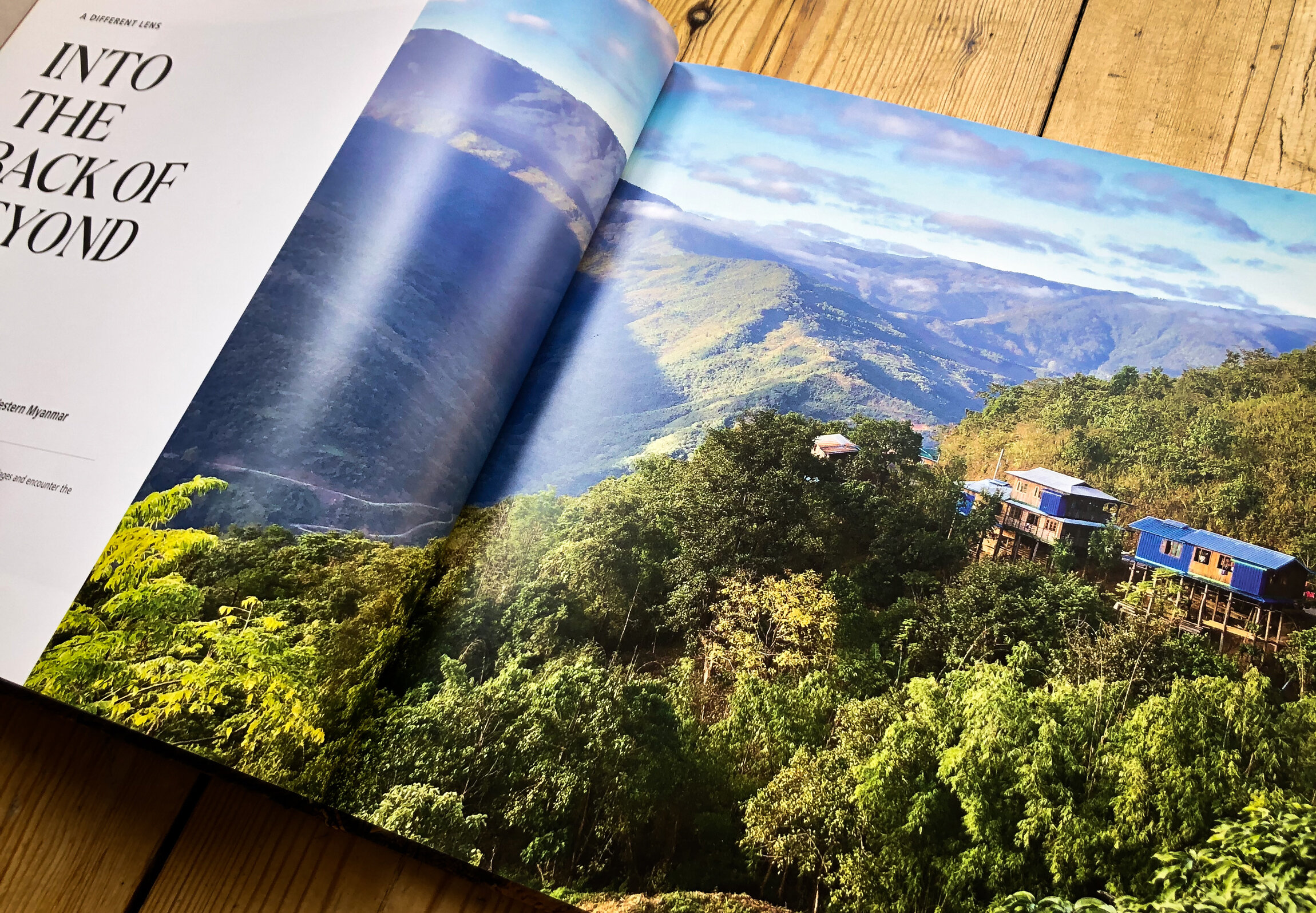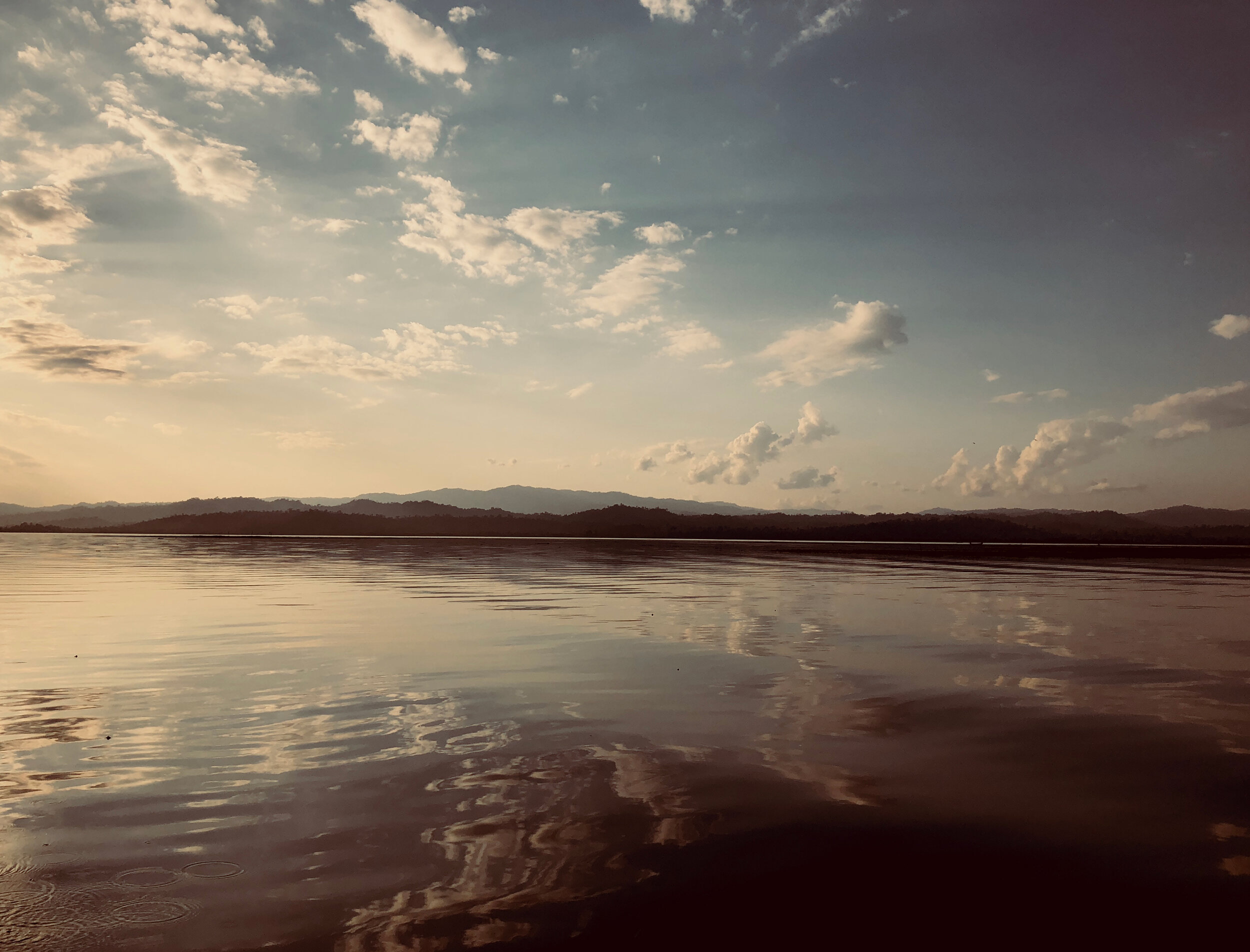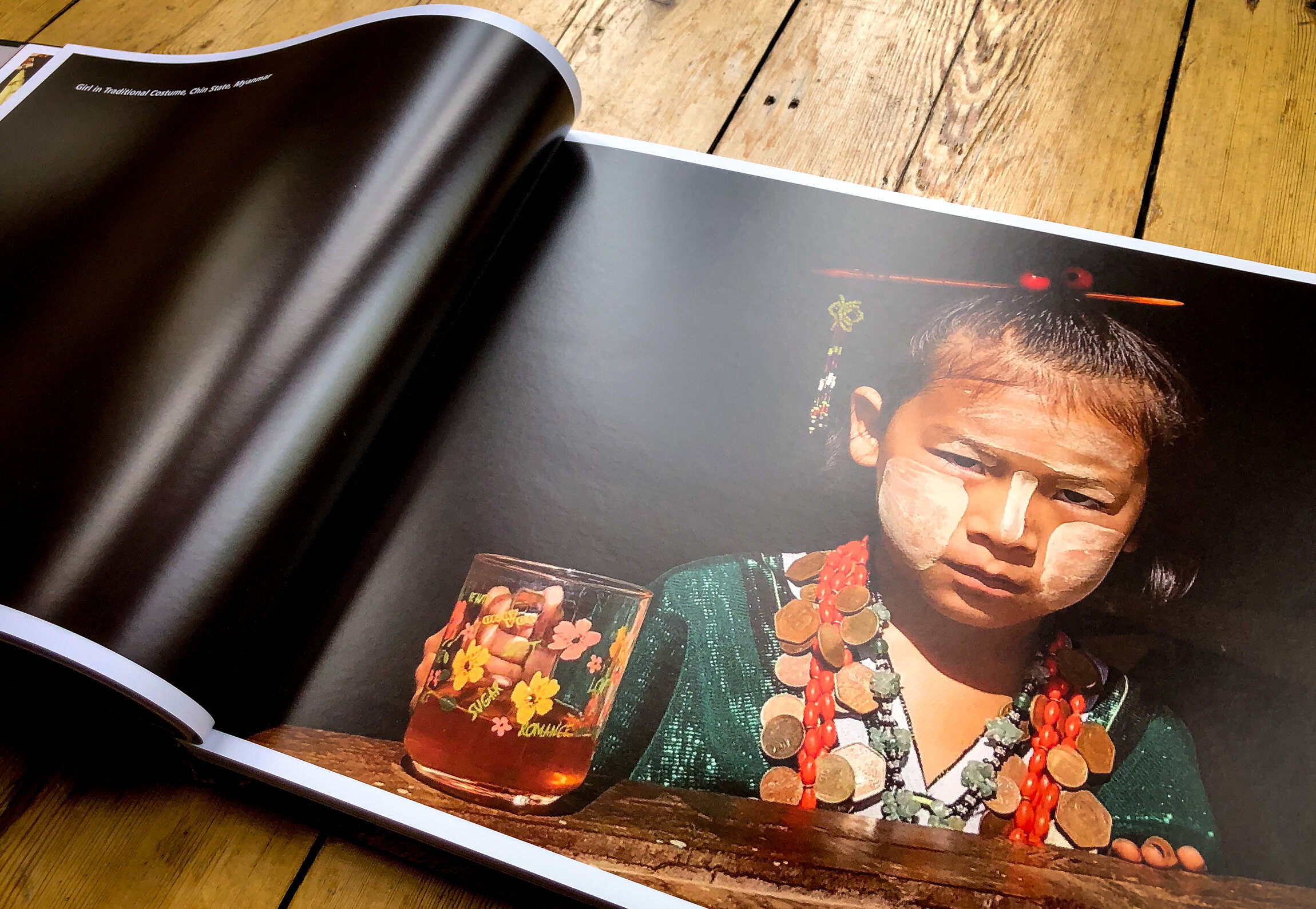
JOURNEYS WITH A SMARTPHONE
Myanmar
Formally known as Burma — a legacy of its imperialist past — Myanmar is a country rich in natural resources, but plagued by rampant ethnic division, the ghosts of colonialism, cronyism and military misrule.
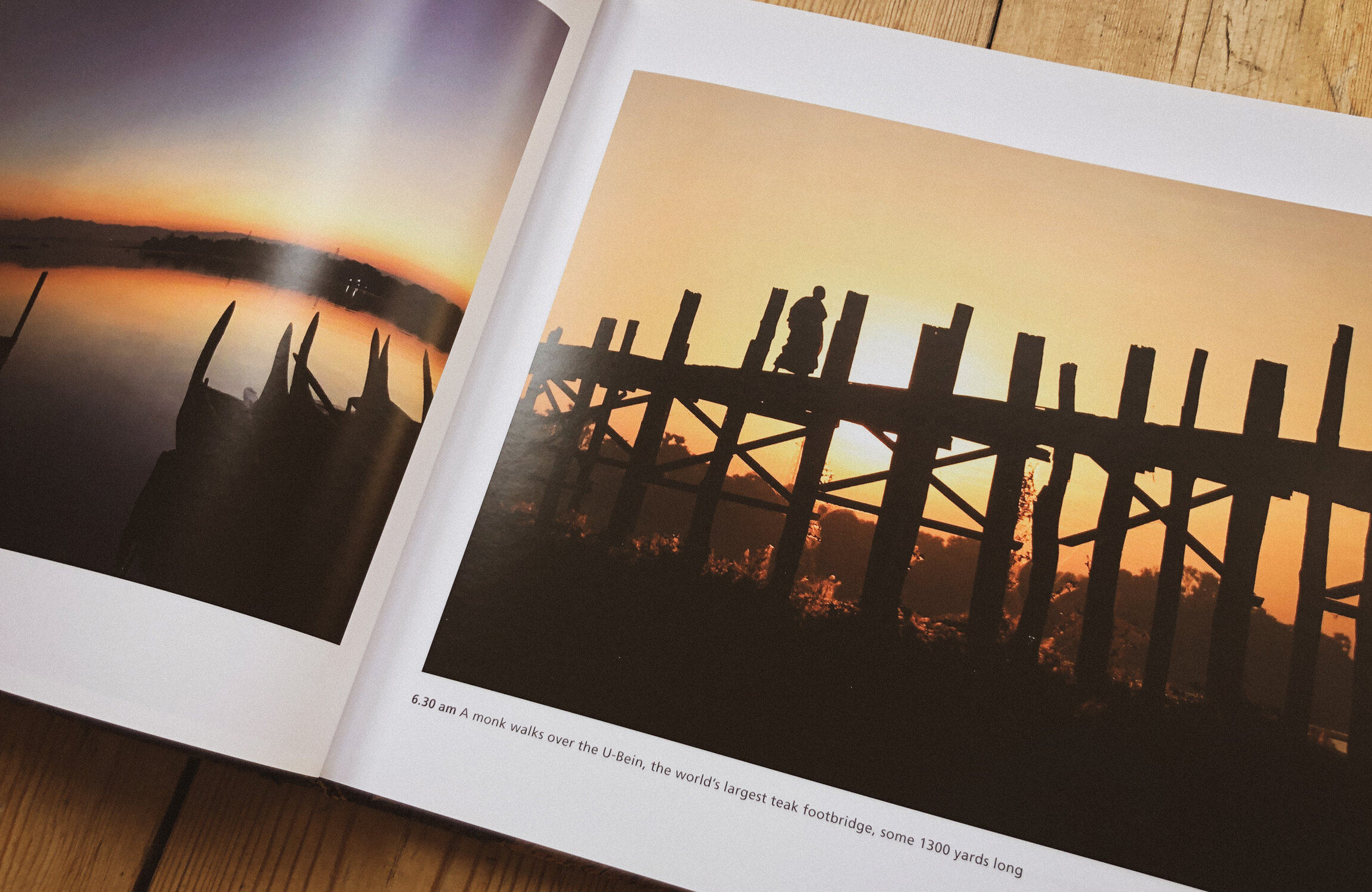
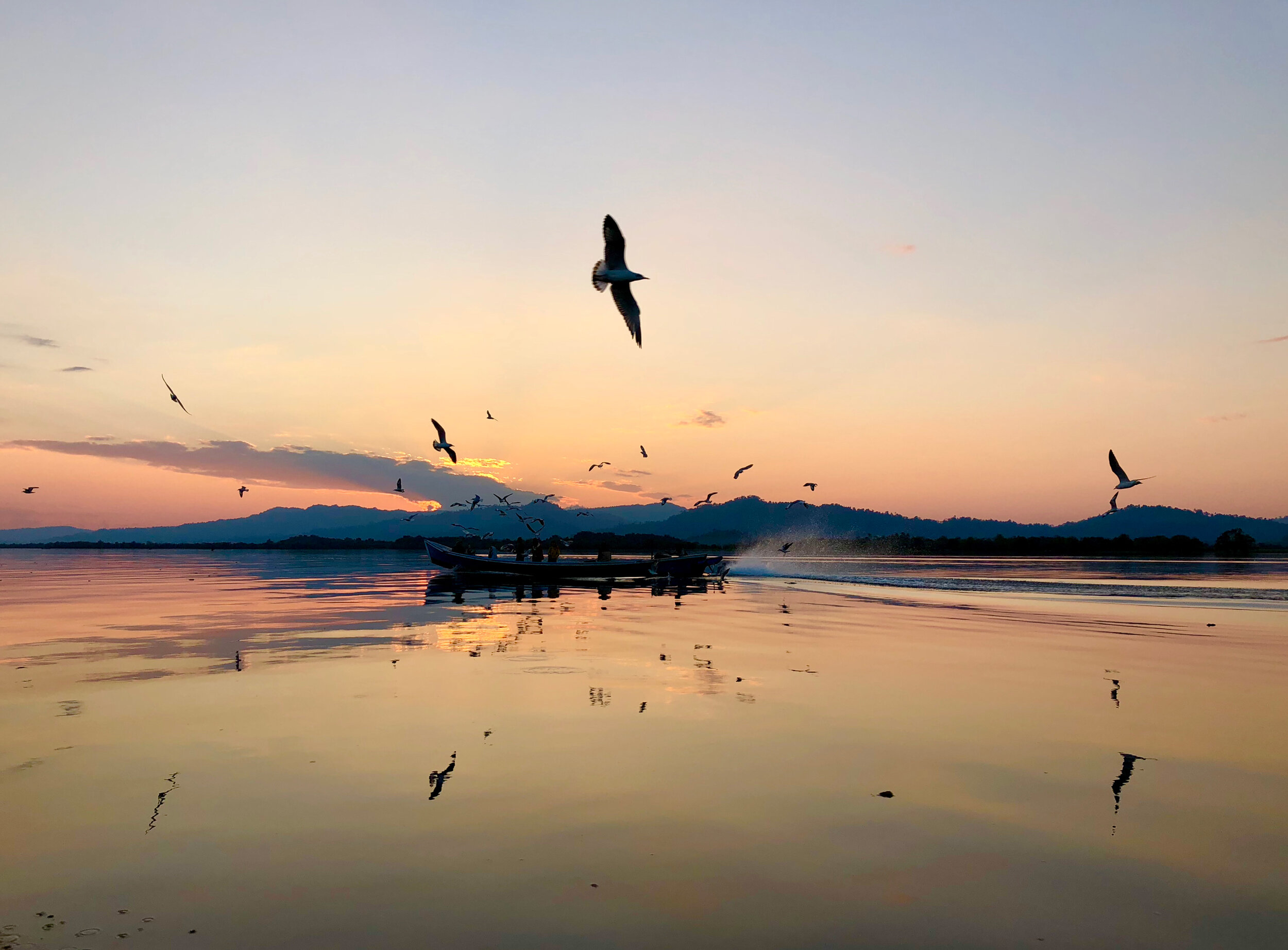
PARADISE FOUND?
Trouble at the Lake
A 16-hour bone-shattering, insomnia-inducing train journey is the only way a foreign tourist — there are only around 650 visitors a year — can get to the spectacular Lake Indawgyi in the troubled northern state of Kachin. The roads are deemed unsafe due to civil unrest.
Indawgyi, established as a wildlife sanctuary in 1999 and covering almost 300 square miles, is recognised as an ASEAN Heritage Park and has recently been awarded UNESCO status for its importance internationally. There are five forest reserves of around 201,000 acres in total.
The lake is known as a birding hotspot, containing over 160 species (excluding forest birds, estimated at around 100). It's is a major migratory route from Siberia, Mongolia, and China — a very precious and fragile ecosystem.
Due to the ongoing civil unrest between the Burmese military and the Kachin Independence Army since independence in 1947, the forests to the north, west, and east of the lake are inaccessible and out-of-bounds to all foreign travellers. They've remained mostly untouched but face ever-growing pressure from illegal logging, jade and gold mining, and hunting. To the northwest sits 'Jade City' an enormous mine that resembles a moonscape, horrifically damaging to the natural environment but making the Kachin and Chinese traders very wealthy indeed. As with the jade and gold, the cutting down of the far north's teak trees fund ever-growing Chinese development.
Around 20 Kachin villages surround the lake itself, with their primary income from fishing it's vast waters. There are an estimated 93 fish species (and counting) within the lake though they face ongoing issues with over-fishing, agricultural run-off and mining waste. The NGOs I talked to says that fish stocks are already dwindling through migratory fishing. As other lakes south lose their fish, men travel to Indawgyi. The lake is in trouble.



